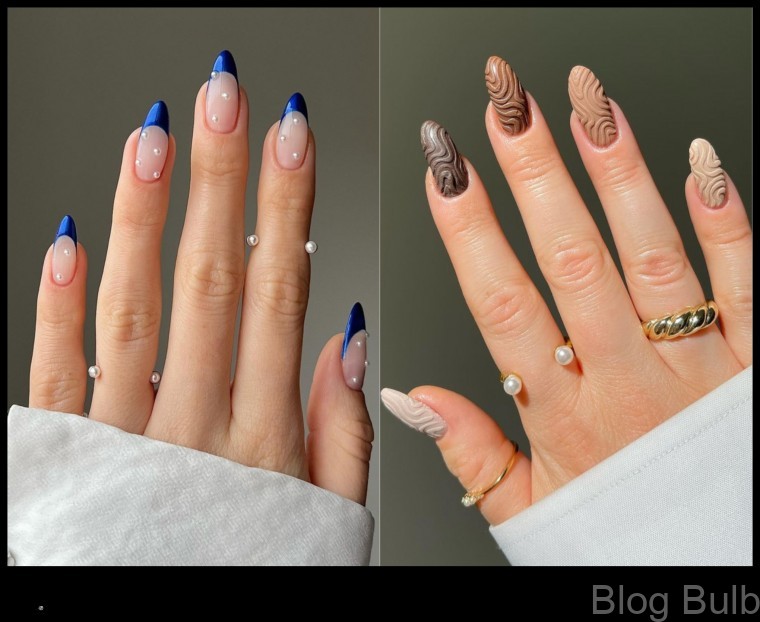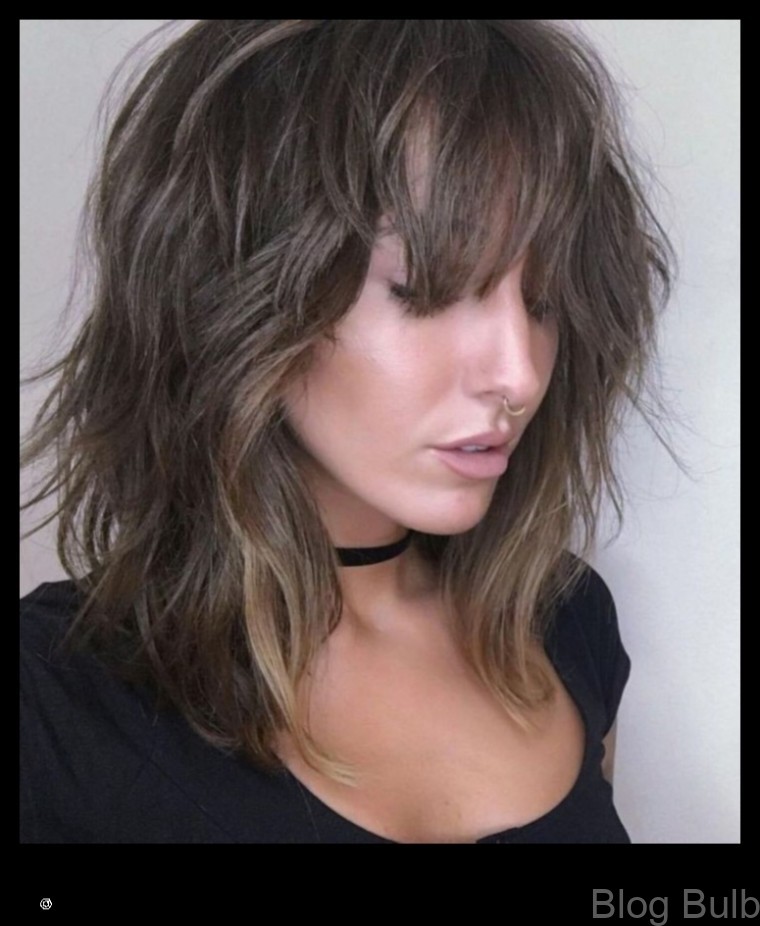
Table of Contents
Curls Unleashed: Embracing and Styling Your Natural Hair
This blog post will teach you how to style your natural hair, from choosing the right products to creating different hairstyles. We’ll also discuss the benefits of natural hair styling and common mistakes to avoid.
Benefits of Natural Hair Styling
There are many benefits to styling your natural hair, including:
- Increased hair health
- Reduced frizz
- More volume
- More definition
- A more confident and stylish appearance
Different Types of Natural Hair Styling
There are many different ways to style natural hair, depending on your hair type and desired look. Some popular styles include:
- Twists
- Braids
- Curls
- Waves
- Detangled hair
How to Choose the Right Natural Hair Styling Products
The right hair products can make a big difference in how your natural hair looks and feels. When choosing products, look for those that are specifically designed for natural hair. Some things to consider when choosing products include:
- Your hair type
- Your hair porosity
- Your hair’s needs
How to Care for Natural Hair
Proper hair care is essential for healthy, beautiful natural hair. Here are some tips for caring for your natural hair:
- Wash your hair with a gentle shampoo and conditioner
- Condition your hair regularly
- Use a leave-in conditioner or styling cream to moisturize your hair
- Protect your hair from heat styling
- Deep condition your hair regularly
How to Style Natural Hair
Styling natural hair can be a fun and creative way to express yourself. Here are some tips for styling your natural hair:
- Start with clean, moisturized hair
- Use a styling product that’s right for your hair type
- Create your desired style using your fingers or a styling tool
- Seal in your style with a hairspray or finishing product
Common Mistakes to Avoid When Styling Natural Hair
There are a few common mistakes that people make when styling natural hair. Here are some things to avoid:
- Over-washing your hair
- Using harsh shampoos and conditioners
- Using too much product
- Over-styling your hair
- Not protecting your hair from heat styling
Natural Hair Styling Tips for Beginners
If you’re new to styling natural hair, here are a few tips to help you get started:
- Start with simple styles
- Experiment with different products and techniques
- Don’t be afraid to ask for help from a stylist or friend
- Have fun with it!
Natural Hair Styling Inspiration
If you’re looking for inspiration for natural hair styling, there are many great resources available online. Here are a few of our favorites:
- The Curly Girl Method
- Natural Hair Rules
- Natural Hair Today
- The Natural Hair Movement
FAQ
Q: What is the best way to style natural hair?
A: There is no one-size-fits-all answer to this question, as the best way to style natural hair will
| Curly Hair | Natural Hair |
|---|---|
|
|
| Hair Styling | Hair Care |
|
|
| Hair Products | FAQ |
|
|
II. Benefits of natural hair styling
There are many benefits to styling natural hair, including:
- It can help to improve your hair’s health and condition.
- It can help to reduce frizz and flyaways.
- It can help to define your curls and waves.
- It can help to create a more polished and professional appearance.
- It can help you to feel more confident and beautiful.
III. Different types of natural hair styling
There are many different ways to style natural hair, and the best way to find the right style for you is to experiment and see what works best for your hair type and texture. Some of the most popular natural hair styling methods include:
- Braiding
- Twisting
- Locking
- Waving
- Freestyling
Each of these methods has its own unique benefits and drawbacks, so it’s important to do your research and find out which one is right for you.
Here is a more detailed overview of each of the different types of natural hair styling methods:
- Braiding is a popular way to style natural hair because it is both protective and stylish. Braids can be worn in a variety of ways, from simple cornrows to intricate French braids. They can also be used to create updos or add volume to your hair.
- Twisting is another popular way to style natural hair. Twists are similar to braids, but they are not as tightly woven. This makes them a good option for people with fine or delicate hair. Twists can also be worn in a variety of ways, from simple two-strand twists to more elaborate styles.
- Locking is a process by which natural hair is formed into dreadlocks. Locking can be done naturally, or it can be accelerated using a variety of methods. Dreadlocks are a very distinctive style that can be both stylish and low-maintenance.
- Waving is a process by which natural hair is straightened using heat. Waving can be done using a variety of methods, from hot combs to flat irons. Wavy hair is a good option for people who want to change up their style without damaging their hair.
- Freestyling is a term used to describe any type of natural hair styling that is not done using a specific method. Freestyling can involve braiding, twisting, locking, waving, or any other type of styling. It is a great way to experiment with different styles and find what works best for you.
No matter what type of natural hair styling you choose, it is important to use products that are designed for natural hair. These products will help to protect your hair from damage and keep it looking its best.
IV. How to choose the right natural hair styling products
There are a number of factors to consider when choosing natural hair styling products, including your hair type, texture, and porosity.
Here are a few tips for choosing the right natural hair styling products:
- Start by identifying your hair type. There are four main hair types:
- Type 1 hair is straight and fine.
- Type 2 hair is wavy and medium-textured.
- Type 3 hair is curly and coarse.
- Type 4 hair is kinky and very coarse.
- Once you know your hair type, you can start to narrow down your choices of natural hair styling products.
- Look for products that are specifically designed for natural hair. These products will be formulated with ingredients that are gentle on your hair and scalp, and they will help to moisturize and protect your hair from damage.
- Read the ingredient labels carefully. Avoid products that contain sulfates, parabens, phthalates, and other harsh chemicals.
- Test out a few different products before you commit to one. This will help you to find the products that work best for your hair type and style.
Here are some specific examples of natural hair styling products that you may want to try:
- Shampoos and conditioners: Look for products that are sulfate-free and paraben-free. Some good options include the Shea Moisture Coconut and Hibiscus Curl and Shine Shampoo and Conditioner, the As I Am Coconut CoWash, and the Camille Rose Naturals Curl Love Shampoo and Conditioner.
- Styling products: There are a variety of styling products available for natural hair, including gels, creams, mousses, and oils. Some good options include the Cantu Shea Butter Leave-In Conditioner, the DevaCurl Styling Cream, the Ouidad Curl Shaper, and the Mielle Organics Honey & Ginger Curl Defining Cream.
- Heat protectants: If you use heat styling tools on your hair, it’s important to use a heat protectant to protect your hair from damage. Some good options include the Alterna Bamboo Heat Defense Spray, the It’s a 10 Miracle Hair Treatment, and the Shea Moisture Jamaican Black Castor Oil Strengthen & Restore Leave-In Treatment.
V. How to care for natural hair
Caring for natural hair is essential to maintaining its health and beauty. Here are a few tips for how to care for your natural hair:
- Wash your hair with a gentle, sulfate-free shampoo.
- Condition your hair regularly to keep it hydrated.
- Use a leave-in conditioner or styling cream to protect your hair from the elements.
- Detangle your hair gently with a wide-toothed comb or brush.
- Avoid using heat styling tools on your hair as much as possible.
- Protect your hair from the sun by wearing a hat or scarf when outdoors.
By following these tips, you can help keep your natural hair healthy and beautiful.
VI. How to style natural hair
There are many different ways to style natural hair, and the best way to find what works for you is to experiment and see what you like. Here are a few tips to get you started:
- Start with a clean, moisturized hair.
- Use products that are designed for natural hair.
- Create a style that works with your hair texture and your lifestyle.
- Don’t be afraid to experiment!
Here are some specific styling tips for natural hair:
- For curly hair, use a curl cream or gel to define your curls.
- For wavy hair, use a texturizing spray or mousse to add volume and definition.
- For straight hair, use a straightening iron or blow dryer to smooth your hair.
You can also use accessories to style your natural hair, such as headbands, clips, and scarves.
When styling your natural hair, it’s important to be gentle and avoid using heat styling tools on a high heat setting. This can damage your hair and make it more difficult to manage.
If you’re not sure how to style your natural hair, there are many resources available to help you. You can find tutorials online, in magazines, and in books. You can also consult with a hairstylist who specializes in natural hair.
VII. Common mistakes to avoid when styling natural hair
When styling natural hair, it is important to avoid making common mistakes that can damage your hair or prevent you from achieving the desired results. Here are some of the most common mistakes to avoid:
- Over-styling your hair
- Using the wrong products
- Not moisturizing your hair properly
- Heat styling your hair too often
- Not protecting your hair from the elements
By avoiding these common mistakes, you can help to keep your natural hair healthy and beautiful.
Natural hair styling tips for beginners
If you’re new to styling natural hair, there are a few things you can do to get started. Here are some tips:
- Start by learning your hair type. This will help you determine the best products and styling methods for your hair.
- Invest in good quality products. Natural hair can be damaged easily, so it’s important to use products that are designed for your hair type.
- Be patient. It takes time to learn how to style natural hair. Don’t get discouraged if you don’t get it right the first time.
- Have fun! Styling natural hair should be an enjoyable experience. Experiment with different styles and find what works best for you.
Here are some specific tips for styling natural hair:
- Wash your hair with a gentle shampoo and conditioner. Avoid using harsh chemicals or products that will dry out your hair.
- Condition your hair thoroughly, especially if it’s dry or damaged.
- Detangle your hair with a wide-toothed comb or detangling brush.
- Apply a leave-in conditioner or styling cream to your hair. This will help to protect your hair from heat and styling damage.
- Style your hair using a heat protectant spray. This will help to protect your hair from the heat of styling tools.
- Use a diffuser to dry your hair. This will help to reduce frizz and damage.
- Create your desired hairstyle. You can use a variety of tools and products to create different hairstyles.
- Set your hairstyle with a light hold hairspray. This will help to keep your hairstyle in place.
With a little practice, you’ll be able to create beautiful hairstyles that will enhance your natural hair texture.
IX. Natural hair styling inspiration
Here are some natural hair styling inspiration images to help you get started:





These are just a few examples of the many different ways you can style your natural hair. Experiment with different styles until you find one that you love and that makes you feel confident.
FAQ
Question 1: What is the best way to style natural hair?
There is no one-size-fits-all answer to this question, as the best way to style natural hair will vary depending on the individual’s hair texture, density, and curl pattern. However, there are a few general tips that can help you achieve a healthy and stylish look:
• Use products that are specifically designed for natural hair. These products will help to moisturize and protect your hair, and will help to prevent frizz and breakage.
• Start with a clean, detangled scalp and hair. This will help to create a smooth surface for styling, and will help to prevent damage.
• Use a variety of styling tools to create different looks. You can use a blow dryer, curling iron, or flat iron to create waves, curls, or straight hair.
Question 2: How often should I wash my natural hair?
The frequency with which you wash your natural hair will depend on your individual hair type and preferences. However, it is generally recommended to wash your hair every 2-3 days. Washing your hair too often can strip your hair of its natural oils, which can lead to dryness and damage.
Question 3: What are some common mistakes to avoid when styling natural hair?
There are a few common mistakes that people make when styling natural hair that can lead to damage and breakage. These include:
• Using the wrong products. Using products that are not designed for natural hair can dry out your hair and make it more prone to breakage.
• Over-styling your hair. Using heat styling tools too often can damage your hair and make it frizzy.
• Not detangling your hair properly. Detangling your hair before styling it will help to prevent breakage.
Maybe You Like Them Too
- How to Detangle Curly Hair Without Damaging It
- Sole Mates A Guide to Finding the Perfect Shoes for Every Outfit
- Beauty Beyond Borders When Fashion and Makeup Collide
- 50 Chic Wedding Hairstyles for the Modern Bridesmaid
- The Best Shampoos for Hair Extensions A Guide to Keeping Your Extensions Healthy



